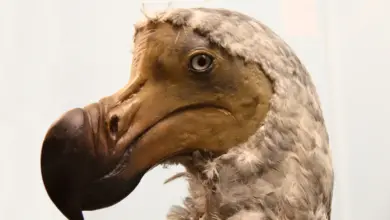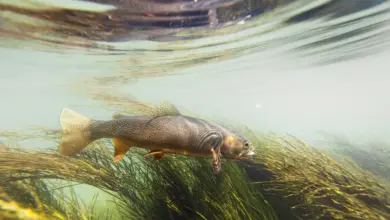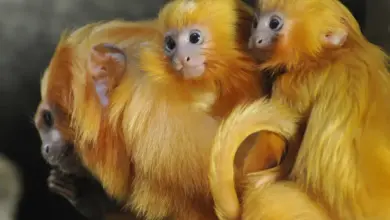First, there is actually a little good news about extinction over the past century or so: Although hundreds of animals, including birds, mammals, amphibians, reptiles, and insects, have been wiped from the earth by human activity over the most recent dozen or more decades, dedicated conservationists have been able to save some animals from going extinct. Would you like to read about some of these back-from-the-brink species?
[ez-toc]
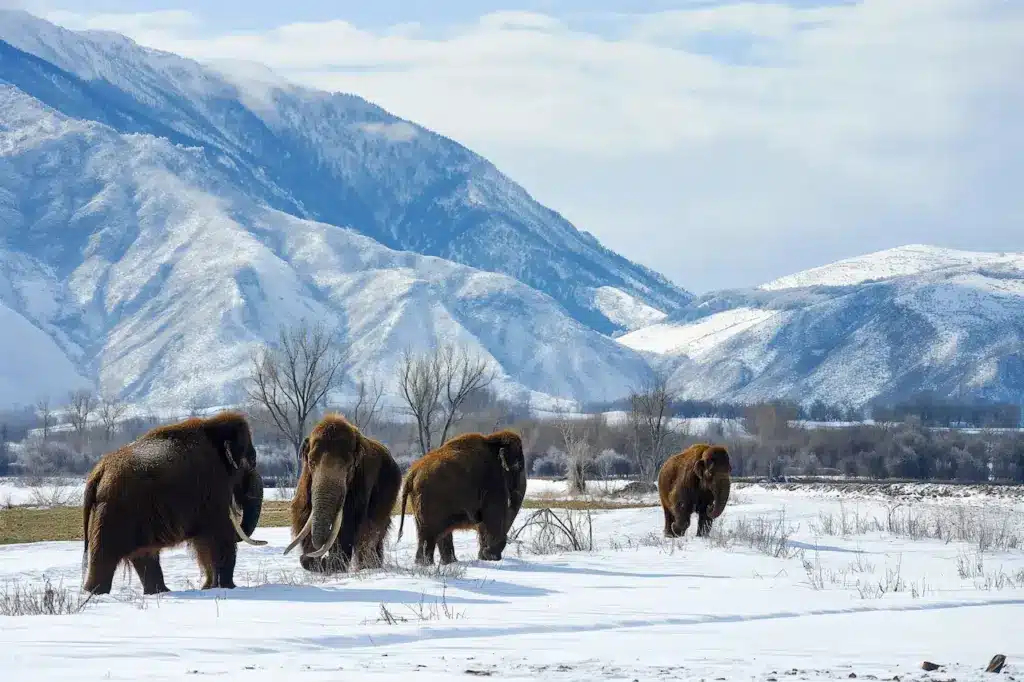
However, many more animal and bird species haven’t been so lucky. One species that we still mourn here in North America is the passenger pigeon, which went extinct early in the 20th Century due to over-hunting by humans, as well as to habitat loss. Up until the late 1800’s, billions of passenger pigeons flocked throughout the Midwest and Canada. Then, in almost the blink of an evolutionary eye, they were gone.
Habitat loss, by the way, means that the land or water that a bird or animal needs for feeding and breeding has been changed so much that the species can no longer live there. For example, when a forest is cut down, forest birds and animals can no longer survive, and when a river is dammed, many sorts of fishes and other creatures cannot make their home in the new type of river that the dam creates.
An animal that went extinct much more recently is a Chinese river dolphin called the baiji, which was last seen in the wild in 2007. The baiji, which lived only in the Yangtze River, fell victim to heavy pollution in the Yangtze, as well as to entanglements in fishing gear, and frequent collisions with the numerous boats on the river. The baiji is the first dolphin or whale to have gone extinct—and conservationists hope it will be the last.
Extinction is actually a natural part of the evolutionary process; in fact 98 percent of all animal species that ever existed on earth are now extinct. These extinct animals include the dinosaurs, which disappeared millions of year ago, as well as such ice-age creatures as mammoths and mastodons.
Nor are “modern” people the only humans who have driven animals to extinction. For instance, hundreds of years ago, the Maori people who first settled New Zealand killed off the last of the moas (photo, top)—large, flightless birds that grew to be 14 feet (4 meters) tall. And, once the moas were gone, the Haast’s eagle, which preyed on moas, disappeared as well. Until it went extinct, the Haast’s eagle was the largest eagle in the world.
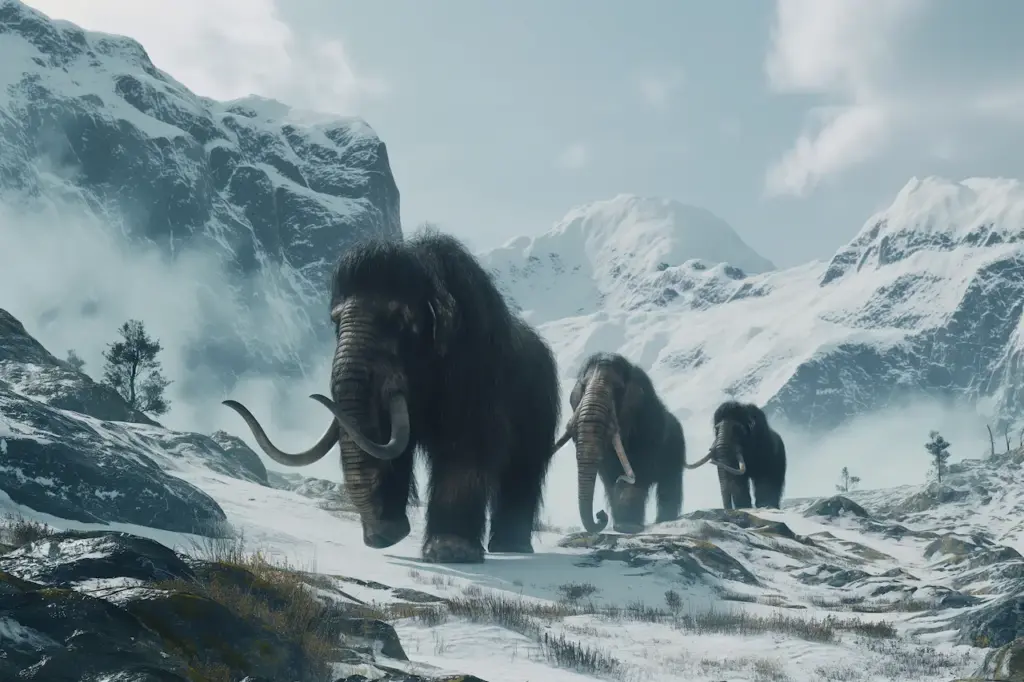
a Snow
The difference between most of the animal extinctions that occurred in the distant past, and the extinctions that have occurred most recently, is that, rather than being part of a very gradual, natural process, modern extinctions have resulted, and threaten to continue resulting, from human activity, especially the deforestation and other widespread habitat loss that is now occurring all over the world. Because of habitat loss and other human activity such as illegal hunting, many animal species the world over are now in jeopardy of extinction.
Conservationists are working hard in many countries to save animals from going extinct.
